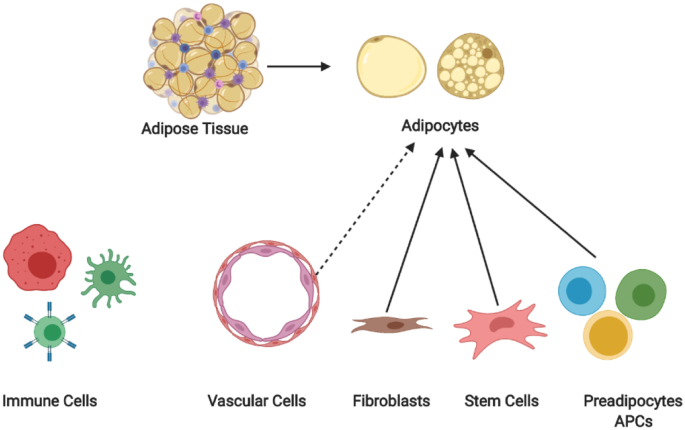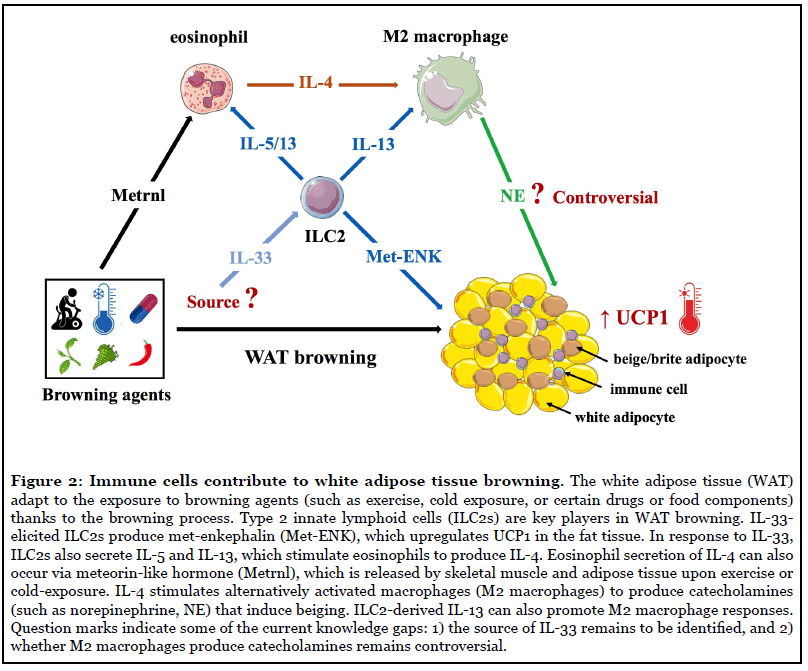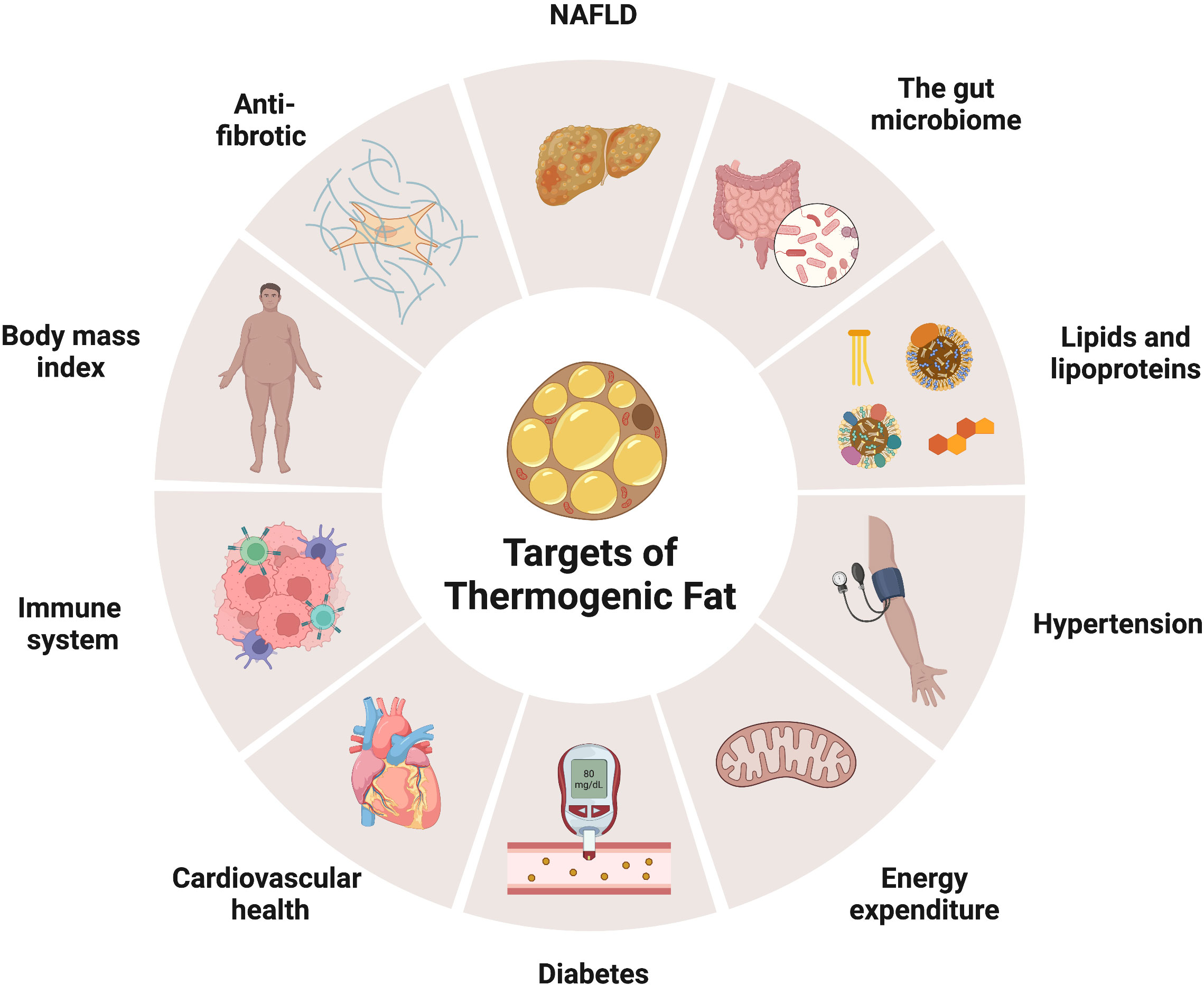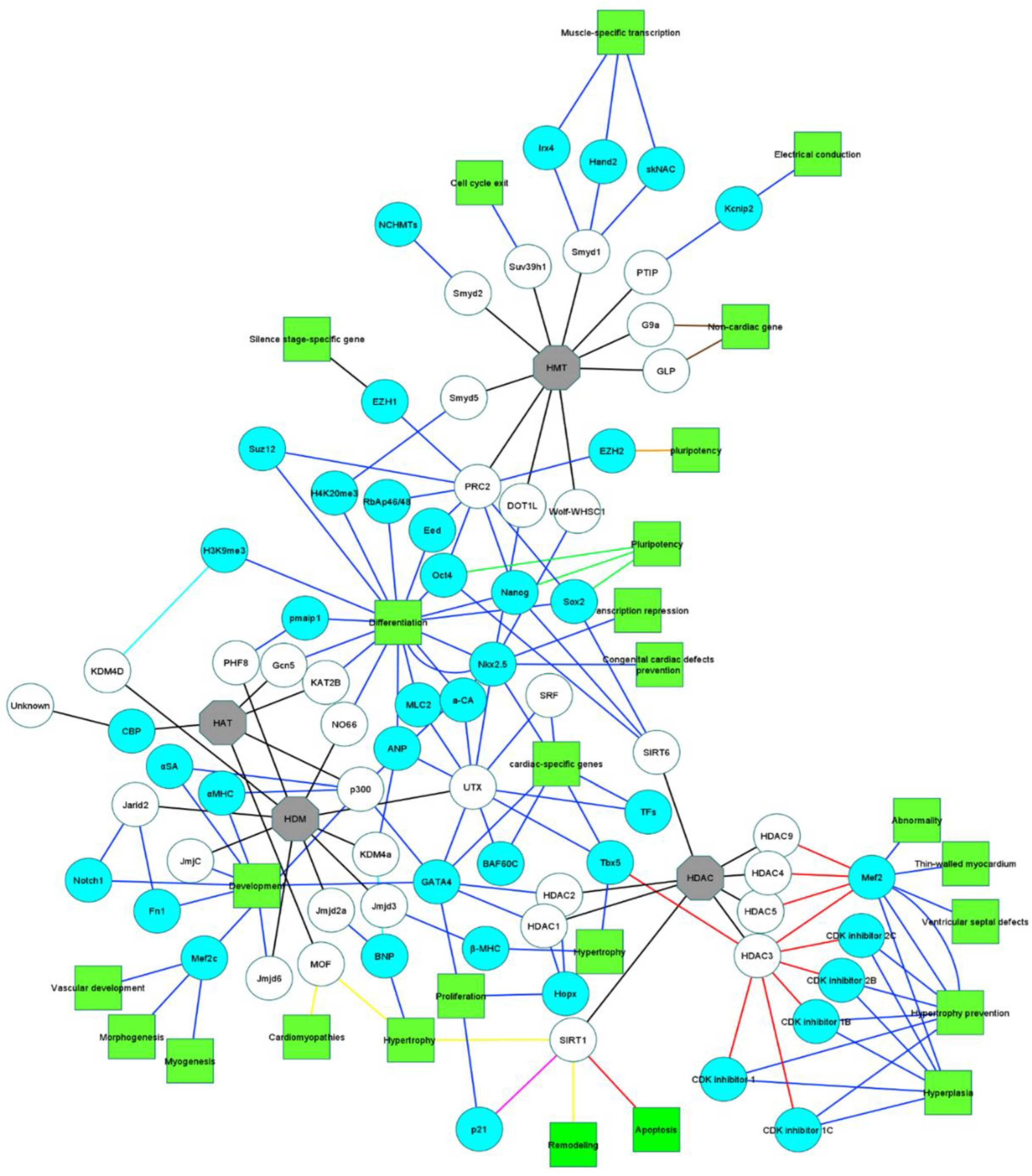Browning of the white adipose tissue regulation: new insights into
Por um escritor misterioso
Descrição
Adipose tissues are dynamic tissues that play crucial physiological roles in maintaining health and homeostasis. Although white adipose tissue and brown adipose tissue are currently considered key endocrine organs, they differ functionally and morphologically. The existence of the beige or brite adipocytes, cells displaying intermediary characteristics between white and brown adipocytes, illustrates the plastic nature of the adipose tissue. These cells are generated through white adipose tissue browning, a process associated with augmented non-shivering thermogenesis and metabolic capacity. This process involves the upregulation of the uncoupling protein 1, a molecule that uncouples the respiratory chain from Adenosine triphosphate synthesis, producing heat. β-3 adrenergic receptor system is one important mediator of white adipose tissue browning, during cold exposure. Surprisingly, hyperthermia may also induce beige activation and white adipose tissue beiging. Physical exercising copes with increased levels of specific molecules, including Beta-Aminoisobutyric acid, irisin, and Fibroblast growth factor 21 (FGF21), which induce adipose tissue browning. FGF21 is a stress-responsive hormone that interacts with beta-klotho. The central roles played by hormones in the browning process highlight the relevance of the individual lifestyle, including circadian rhythm and diet. Circadian rhythm involves the sleep–wake cycle and is regulated by melatonin, a hormone associated with UCP1 level upregulation. In contrast to the pro-inflammatory and adipose tissue disrupting effects of the western diet, specific food items, including capsaicin and n-3 polyunsaturated fatty acids, and dietary interventions such as calorie restriction and intermittent fasting, favor white adipose tissue browning and metabolic efficiency. The intestinal microbiome has also been pictured as a key factor in regulating white tissue browning, as it modulates bile acid levels, important molecules for the thermogenic program activation. During embryogenesis, in which adipose tissue formation is affected by Bone morphogenetic proteins that regulate gene expression, the stimuli herein discussed influence an orchestra of gene expression regulators, including a plethora of transcription factors, and chromatin remodeling enzymes, and non-coding RNAs. Considering the detrimental effects of adipose tissue browning and the disparities between adipose tissue characteristics in mice and humans, further efforts will benefit a better understanding of adipose tissue plasticity biology and its applicability to managing the overwhelming burden of several chronic diseases.

Brown Fat Flexes Its Muscle

Novel insights into adipose tissue heterogeneity

Recent developments in adipose tissue-secreted factors and their target organs - ScienceDirect

The Ultimate Guide to Brown Fat: What It Is, Why It Matters, and Whether You Can Use It to Hack Your Metabolism

Adipose tissue browning in mice and humans in: Journal of Endocrinology Volume 241 Issue 3 (2019)

Generation of mega brown adipose tissue in adults by controlling brown adipocyte differentiation in vivo

A CRISPR-based genome-wide screen for adipogenesis reveals new insights into mitotic expansion and lipogenesis

Influenza A Virus Infection Induces White Adipose Tissue Browning: A Metabolic Adaptation to Infection?

Frontiers Thermogenic adipose tissue in energy regulation and metabolic health

Balanced control of thermogenesis by nuclear receptor corepressors in brown adipose tissue
de
por adulto (o preço varia de acordo com o tamanho do grupo)







